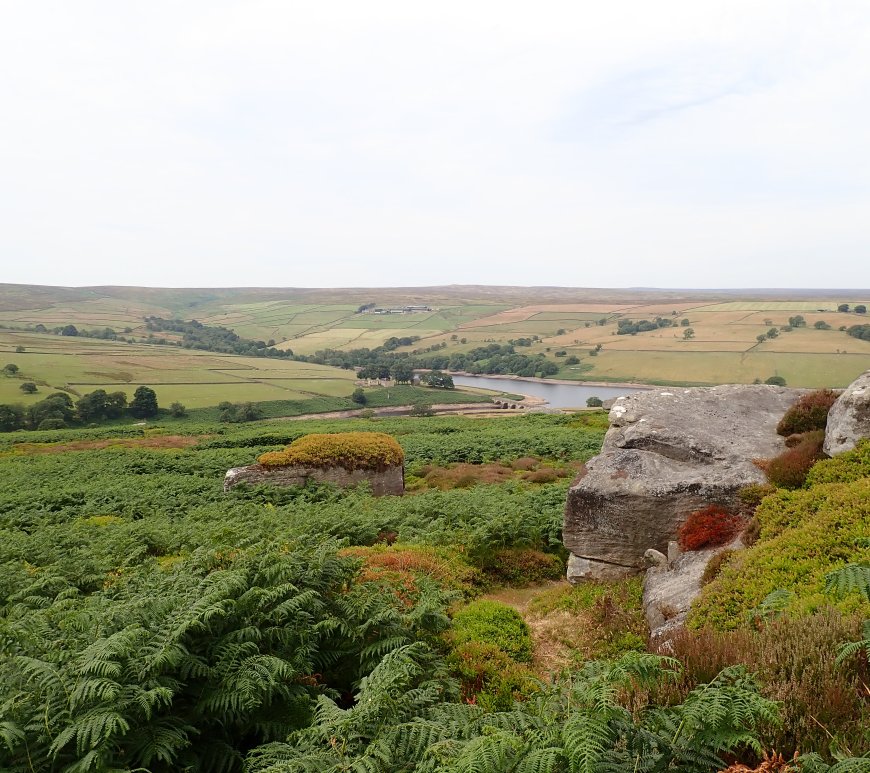
A Lesson in Checking the Guidebook
On the hottest day of the day 2022 heatwave, we escaped to the Yorkshire moors to go bouldering. I thought that there was sure to be a breeze, maybe even a cool one, on high, open ground. I was right and we did get relief from the smothering heat. However, I also got a lesson in why in pays to check how old your guidebook is before setting out. Continue reading A Lesson in Checking the Guidebook








